Work Experience
Boeing Phantomworks

Overview:
- Interned over a summer in St. Louis, MO working as a ME and IE
- Drafted work instructions for proprietary Advanced Weapons project alongside a senior manufacturing engineer.
- Created a 5-year strategy for PhantomWorks Production Engineering facilities via allocating space for new capital equipment, qualifying rooms for production of advanced material systems, and optimizing floor designs
Iris Lunar Rover – Robotics Institute
Mechanical Lead Engineer for Iris Lunar Rover
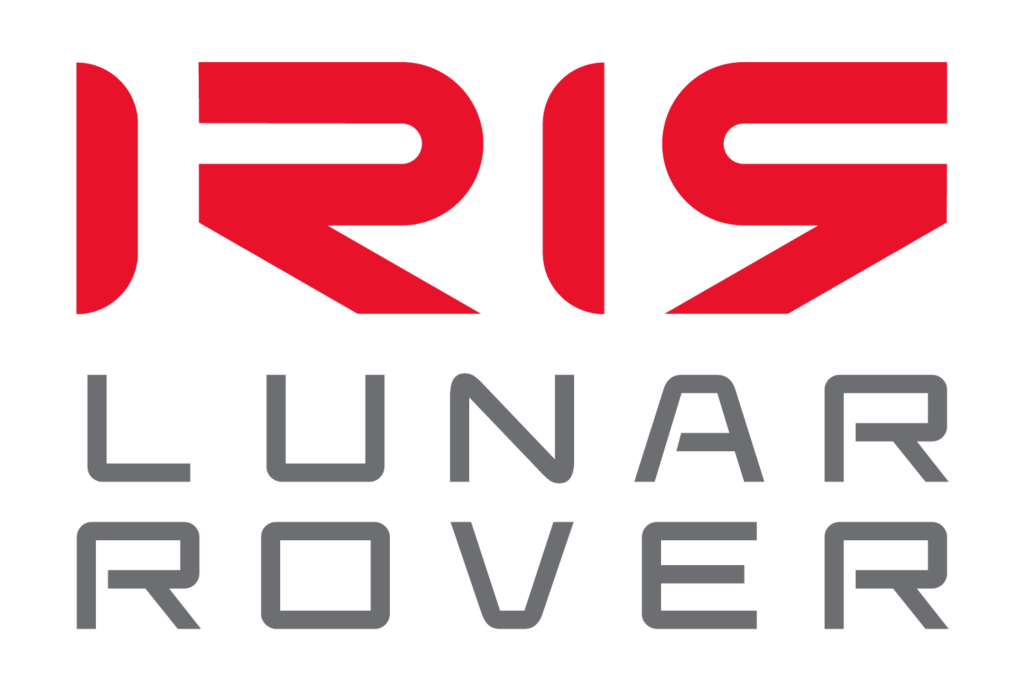
Overview:
- Lead team of 7-15 undergraduate and graduate interns in developing a lunar rover.
- Design – Worked on all rover subsystems used in flight model and 4 engineering models.
- Structures – Conducted hand analyses and used a FE model in verification.
- Composites – Led design efforts for all composite structures. Developed tool geometry, ply schedule, and infusion techniques for the innovative and published CFRP “Bottlecap Wheels”.
- Testing – Developed plans for and performed static load, vibroacoustic, thermal vacuum, and mobility testing. Generated data analysis on the above tests and helped write test reports.
- Technical Drafting – Created and reviewed engineering drawings using ASME Y14 standards.
- QC – Developed assembly, composite fab, and inspection procedures using ASME, NASA, and CMH-17 standards.
Onboarding
My freshman year at CMU, I joined Red Whittaker’s team to build a lunar nano-rover. I first joined the wheels team, who were trying to test a new type of wheel called the ‘bottlecap’ wheel. I spent the spring working to design a new geometry for the wheel that would allow me to generate tooling that produced sharp and well defined grousers, and avoided gapping and ply bunching. After this proved a huge success, I given a paid position to continue my wheel development over the summer. Over this period, I performed basic structural characterization and prototyping to optimize the ply schedule for our requirements.

Leadership: A Baptism by Fire
At the start of my sophomore year, I was given the responsibility of leading the mechanical team for Iris. This was a major challenge for me. At this point, there were very few people remaining from the original team who understood or had experience on the project. My time commitment to the project increased greatly, and I began recruiting, onboarding, and managing my team. At this point, we worked to learn the basics of planetary robotics, aerospace engineering, and to redesign the entire rover system by system. This period allowed me to rapidly improve my abilities designing components and systems using Solidworks. This culminated in building the second engineering model (EM2) to conduct drive testing.
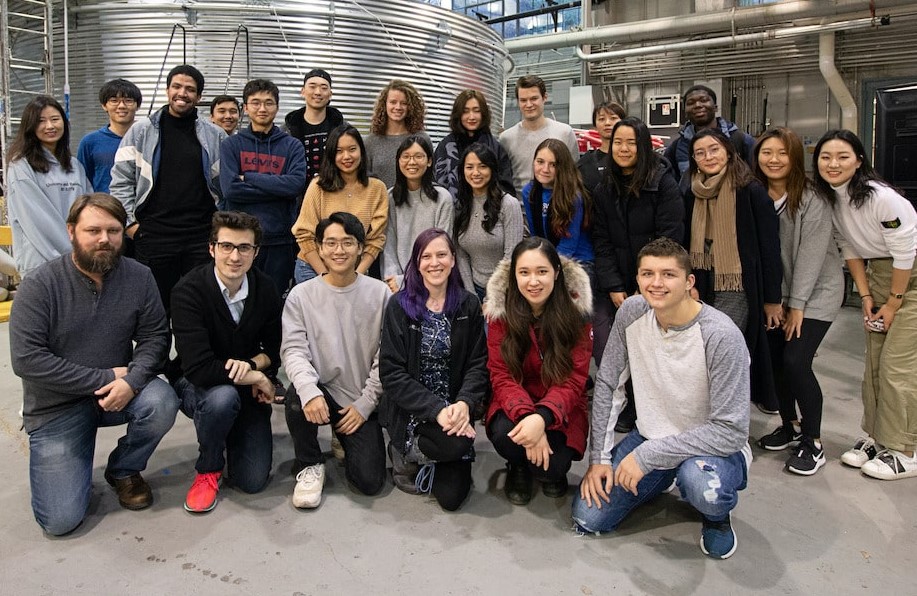
We built a new CAD base, a new simulations model, a new thermal model, new systems requirements, and hurried to build a new engineering model so we might test and iterate our design before our Critical Design Review in Spring of 2020.
Turning Dream into Reality
After passing CDR, we worked furiously to address the many structural and manufacturing flaws of the rover. Over the summer, our team, which only a year ago was totally green, was rapidly becoming more experienced and savvy. Over this time, I built new drawing templates, performed many CAD and drawing reviews, and created many part drawings. This gave me a competent familiarity with ASME drawing standards.
We finally closed the design at the end of the summer, and worked to coordinate the procurement, inventory, assembly, and test planning to validate our design. In September of 2020, we executed a documented and control assembly of our Engineering Model 3 (EM3). This model was used in vibroaccoustic testing, where we conducted a modal survey, static loading well over 50 G, random vibration, and shock testing. Our rover survived without any signs of damage, and our results correlated very well with our structural model. This endeavor forced me to become familiar with NASA testing standards, building and inventory management techniques, assembly planning and execution, and model analysis.
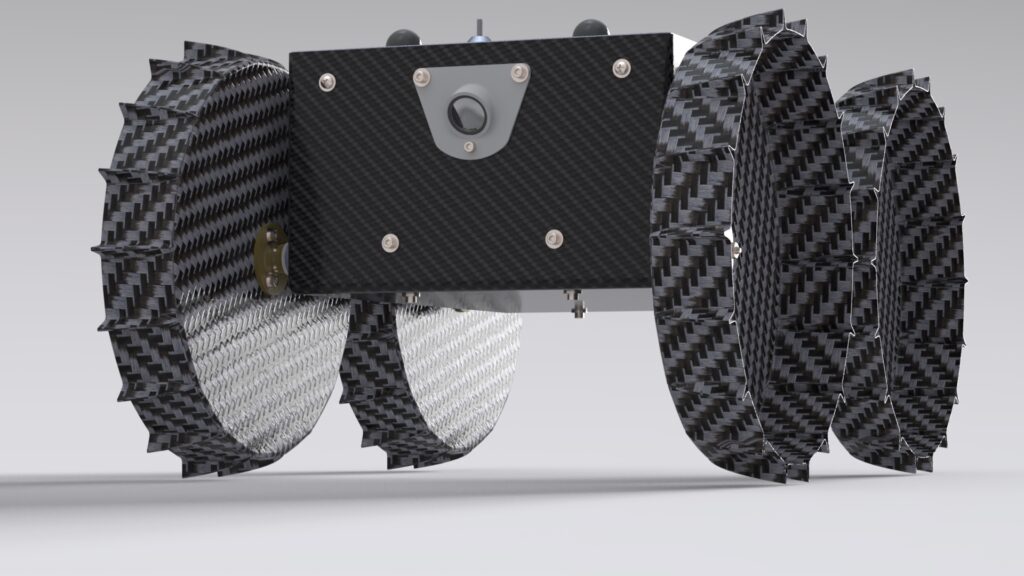


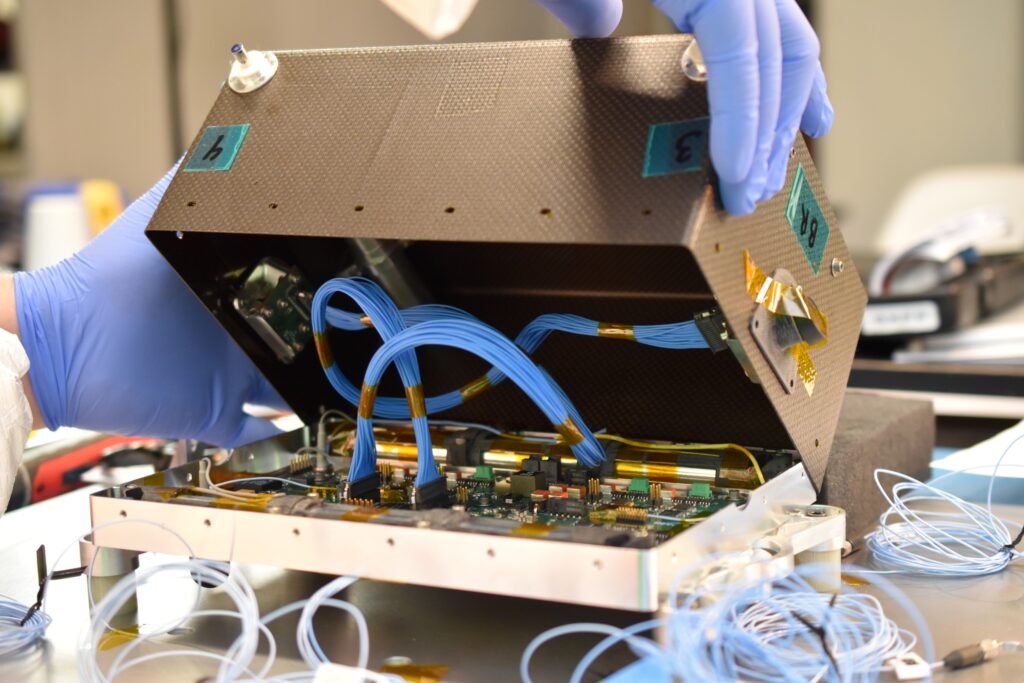
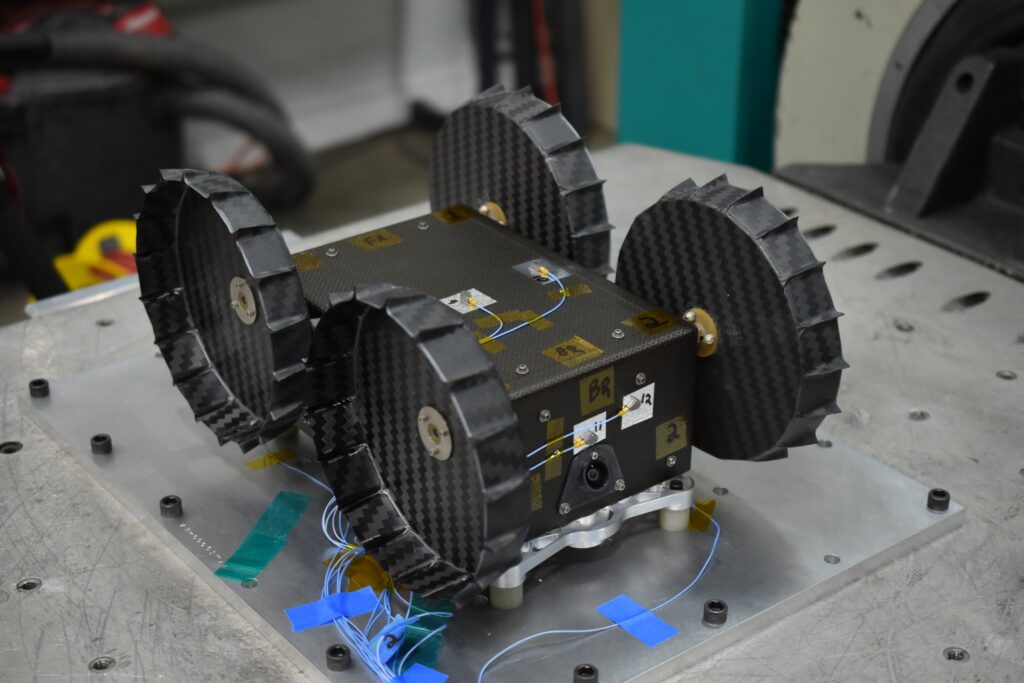
Composites Manufacturing Overhaul
After EM3 proved successful, we set forwards on a mission to improve our composites manufacturing processes, which were well below adequacy for an aerospace program.
We began by building a scrappy in-house composites lab including pseudo-cleanroom. We changed to a resin infusion methodology in order to enable better consistency and to lower the relative resin content. We built fixtures to enable higher positional and directional accuracy during ply application. This culminated in extensive quality control and work plans that formalized and defined our manufacturing methods.
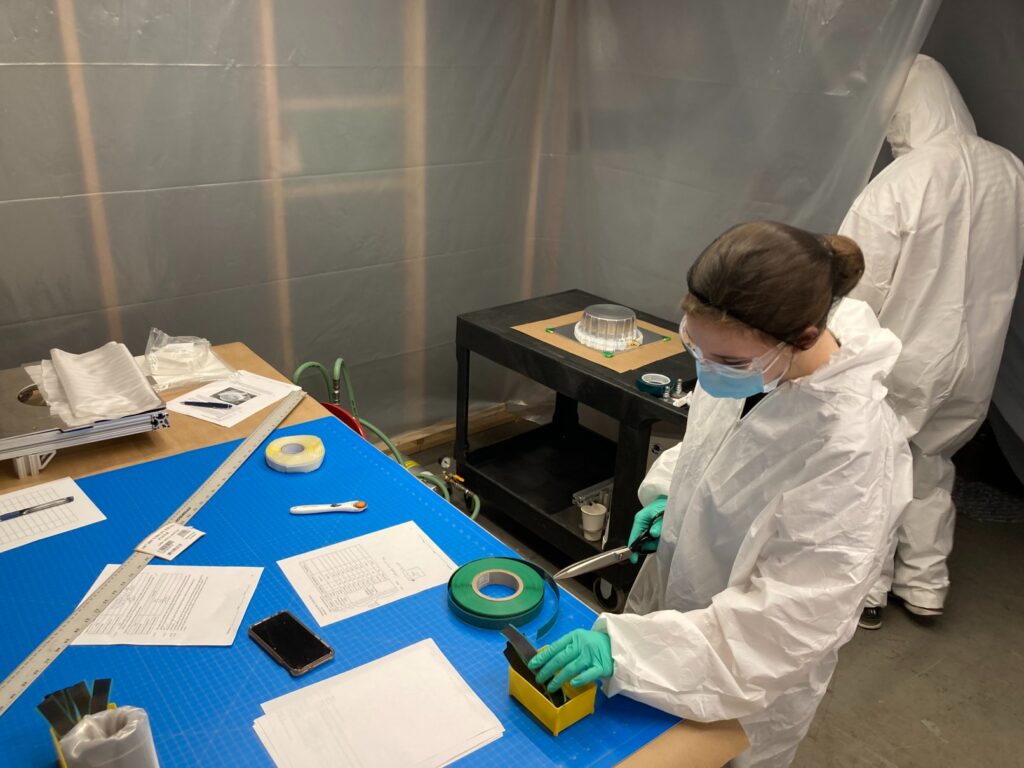
Our innovative use of composites in planetary robotics and our scrappy but effective manufacturing methods resulted in CompositesWorld reaching out to write an article about us.
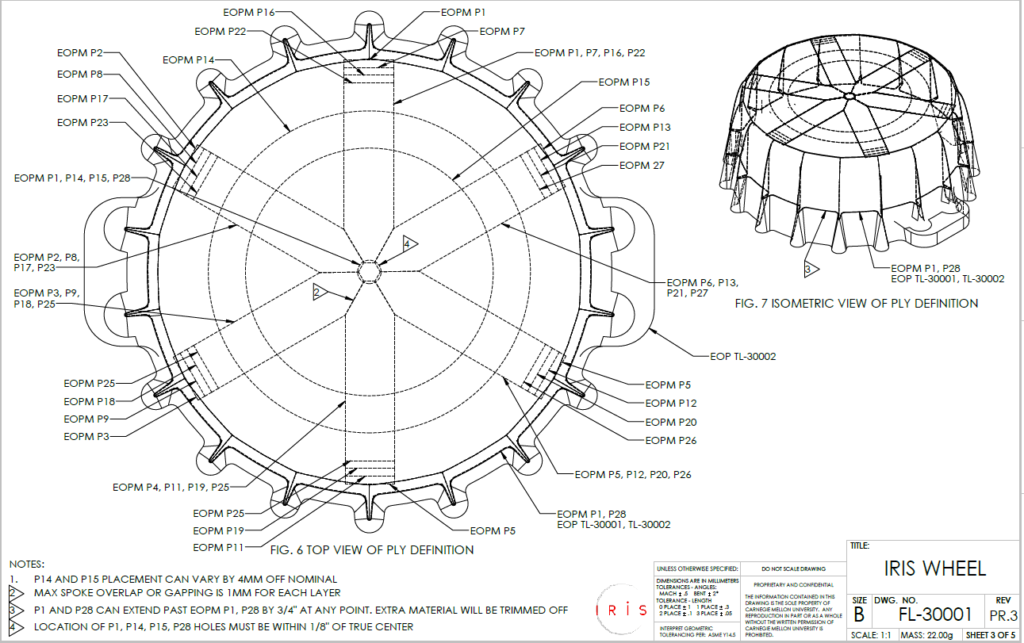
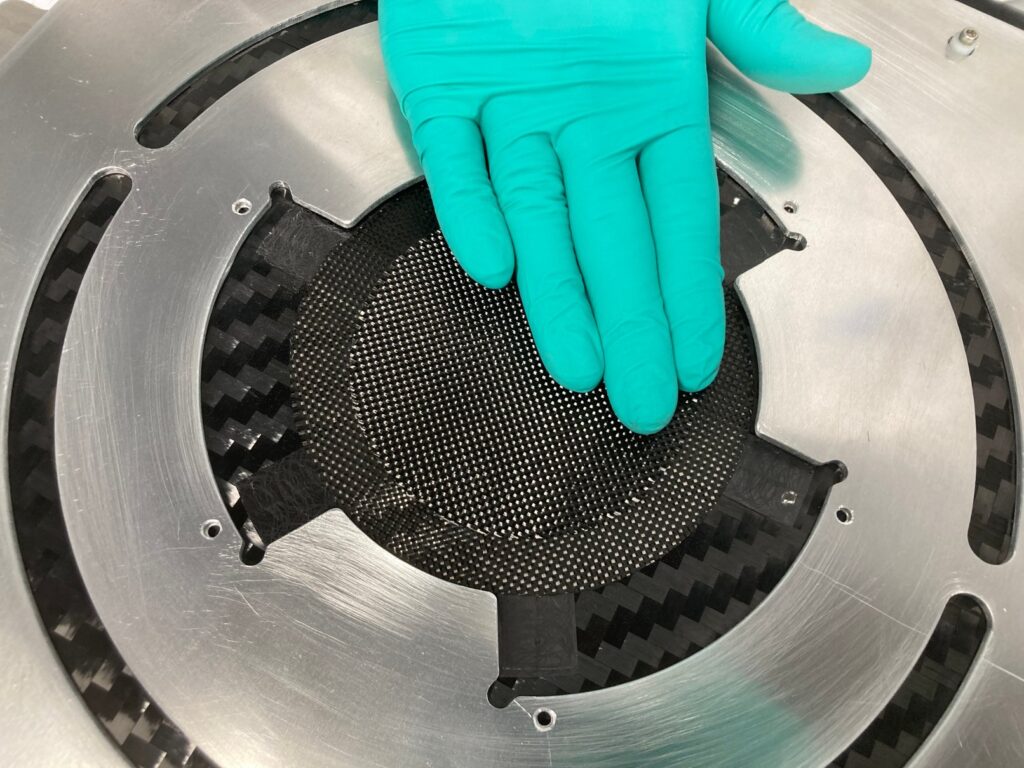
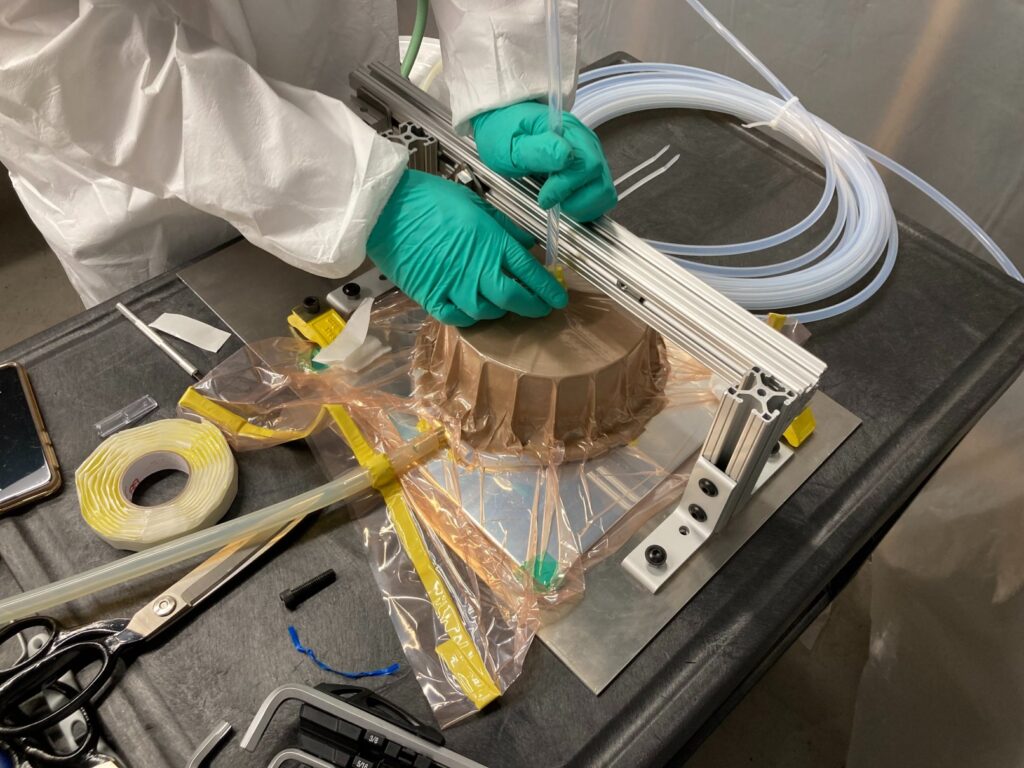

Thermal Testing
We built an additional model to conduct thermal testing and to function as an additional platform for avionics development. By partnering with Penn State University, we were able to conduct thermal tests in a thermal-vacuum chamber that allowed us to study the behavior of the rover in an environment without convection.
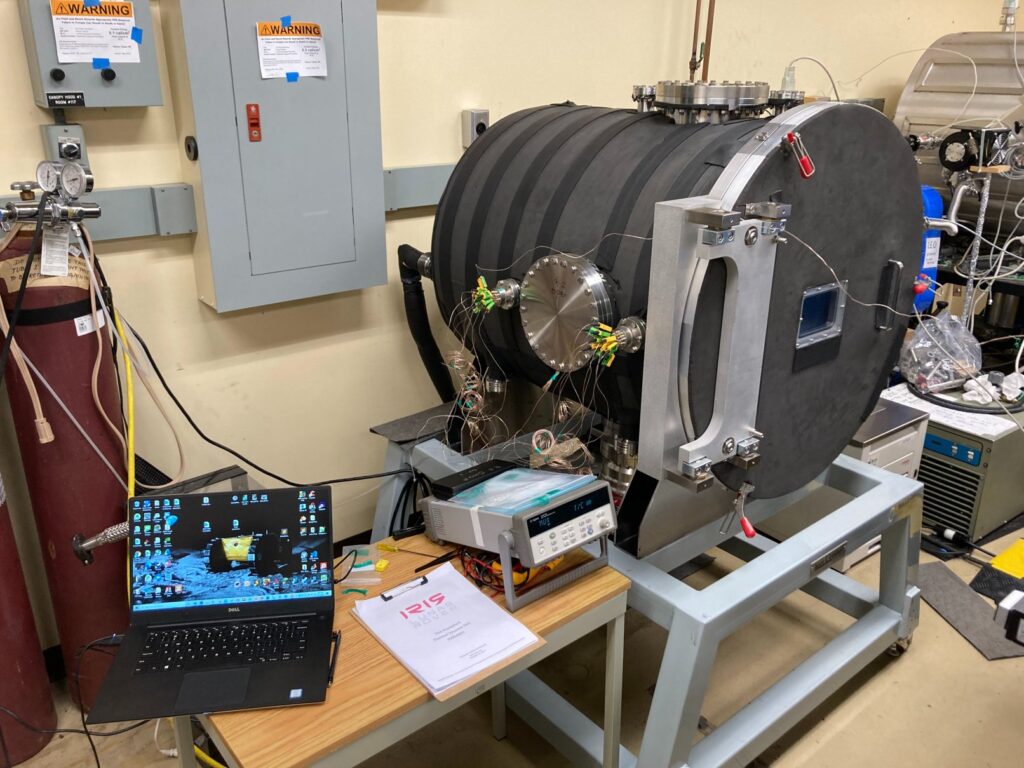
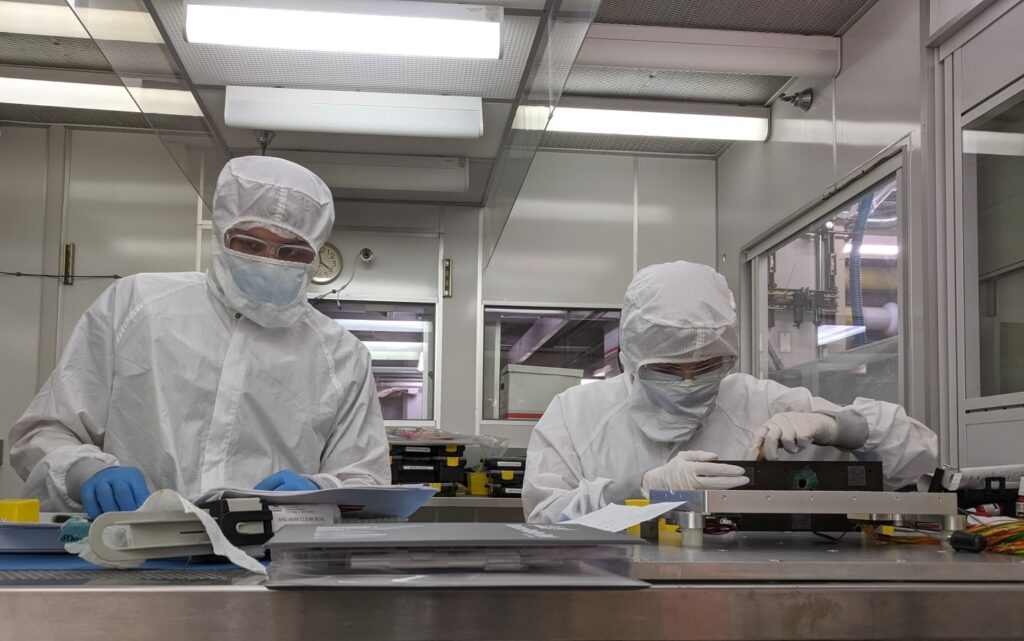
Final Rover Assembly and Integration
After some final design adjustments to accommodate late avionic hardware complications, the final flight rover was built and delivered to Astrobotic.

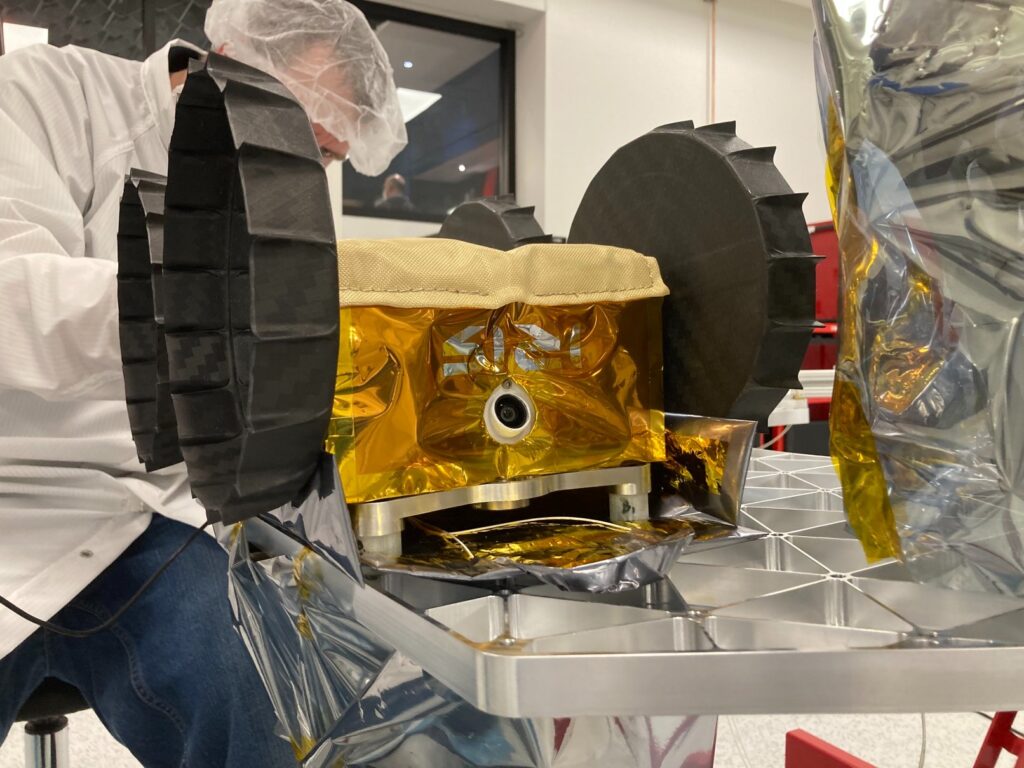
The Rover has since been fully integrated with the lander and is set to fly in early 2023.
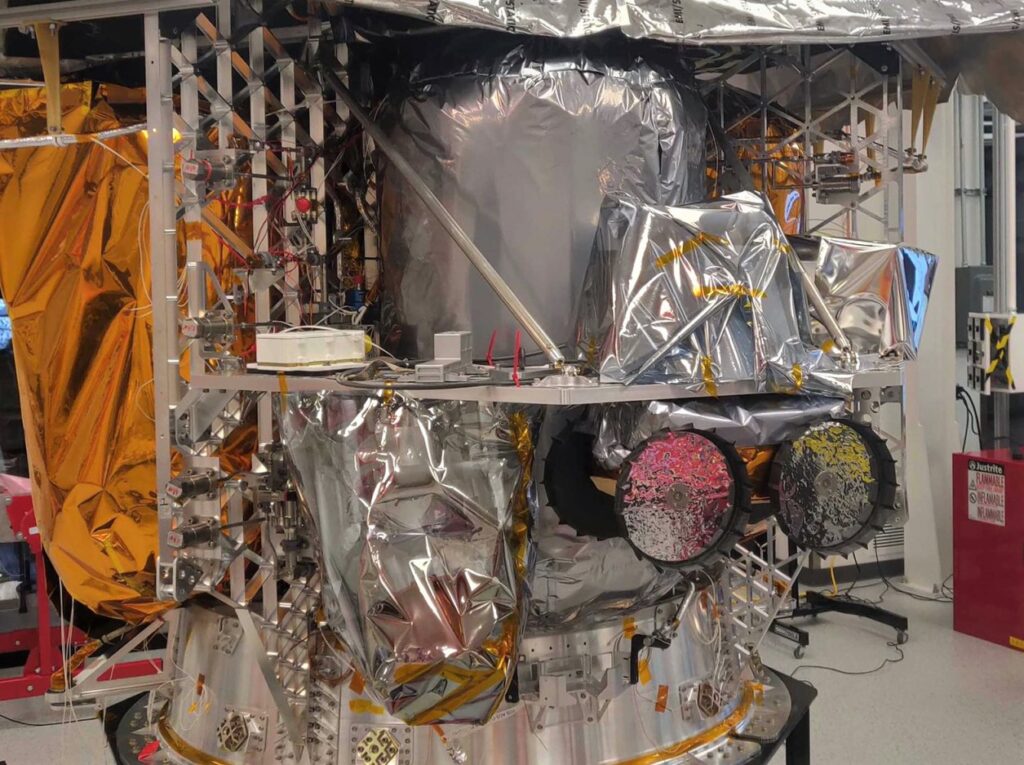
Projects
Portable Desert Cryocooler for Preserving Biohazard Specimens
During my senior year at CMU, I was in a team of three that developed a cryocooler that could very rapidly cool specimens down to -25C. By using a 10V power supply from an ATV, it is able to maintain temperatures indefinitely as long as sufficient gasoline is provided.

This was accomplished through:
- Multi-modal cooling of sample using:
- Phase-change temperature buffer
- Thermal-electrical cooling
- Advanced insulation provides improved efficiency
- Fully static design with exception of simple heat-sink fan
Key Components
- A phase-change material (PCM) – Enables ultra-rapid cooling
- Two peltier cells connected in series – Continually overcomes environmental heating
- Heater – Precise temperature control
- Vacuum insulation – Eliminates convection heating and most conduction to specimen
- Multi-layered insulation (MLI) – Combats radiation effects between vacuum walls
- Aerogel insulation – Reduces heat transfer to the exposed top of sample
- Biological packaging – Compliant with medical standards
- Includes sterilizable container, absorbent, redundant waterproof seals, etc.
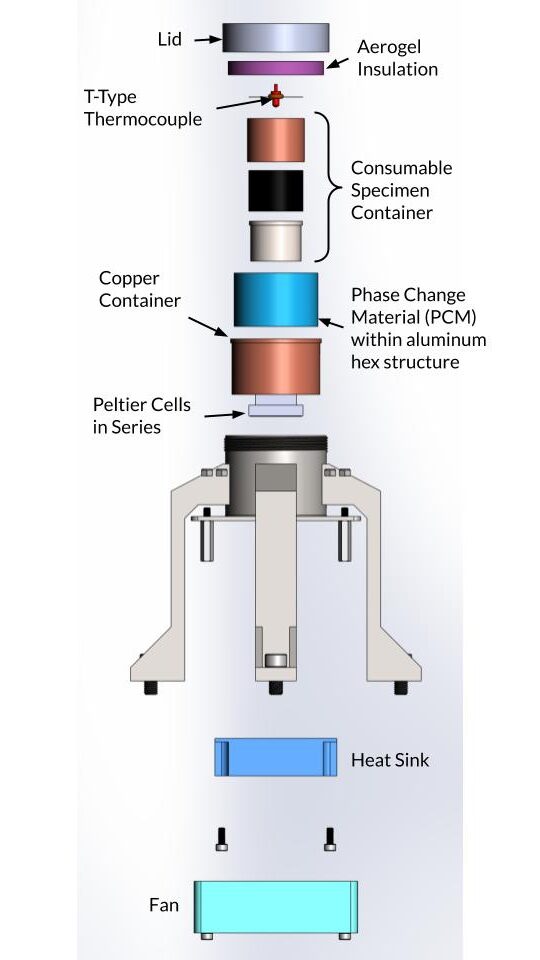
Additionally, we created a novel honeycomb eutectic phase change material composite to increase thermal conductivity through the frozen material. The total mass of phase change material was then calculated using transient analyses.
Analytical and finite-element models were developed to drive effective system design and validate component selection.
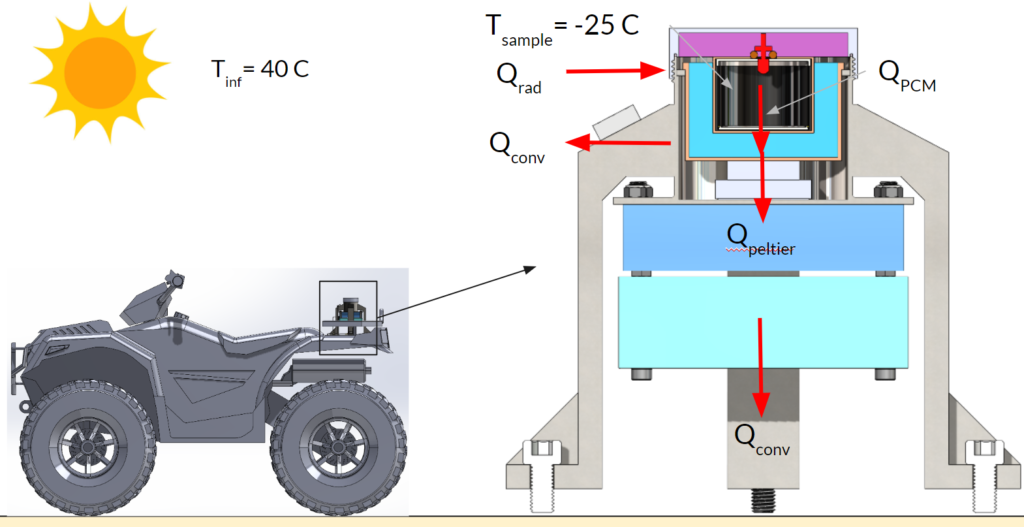
Two steady state models were developed in order to validate the design.
- The first model investigates the insulation performance and environmental heating.
- The second model determines the needed amount of cooling and heating to maintain a sample temperature of -25C (ideally without melting all the PCM).
Two transient models were then developed.
- The first model investigates PCM “thermal capacity” and and conductance to determine if it will be sufficient to rapidly cool the sample.
- The second model is a comprehensive simulation of the cooling of the unit from ambient temperature until the sample container is stable at -25C.

Introductory Programming Project
In my first semester at CMU, I took the Fundamentals of Programming and Computer Science class. For the final term project, we were given three weeks to build a complex program using python. For my project, I spent over 100 hours programming a game called Jump Chess, in which I created a new form of chess that included an additional board above the original. Pieces could ‘jump’ up to this second board, adding an extra dimension to the space of play.
